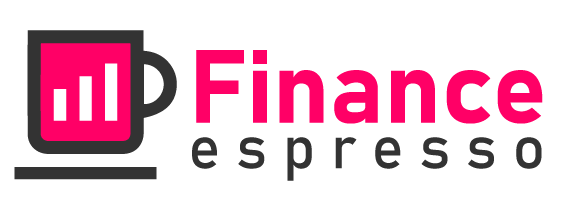Understanding Refinance Loans: A Comprehensive Guide for Homeowners
Refinancing home loans is one of the most costly and complicated decisions a homeowner can make. Refinancing is essentially taking out a new mortgage to replace an existing loan, usually with a lower interest rate or different terms. It is a good financial decision for homeowners who want to save money and reduce their monthly payments.
Before making the decision to refinance your home loan, you should understand the different types of refinance loans available and the associated costs. This guide provides an overview of the different refinance loan types, the pros and cons of refinancing, and a few tips to help you decide if refinancing is right for you.
Types of Refinance Loans
- Cash-Out Refinance: This type of loan replaces your existing loan with a larger loan and provides you with cash in hand at the closing table. This may be a good option for homeowners who want to tap into their home equity to pay for home improvements, consolidate debt, or cover other large expenses.
- Rate-and-Term Refinance: This type of loan replaces your existing loan with a new one that usually offers a lower interest rate. This is beneficial for debt reduction and can help to save money over the life of the loan.
- FHA Refinance: This type of loan is available to borrowers with an FHA loan who are underwater or need a cash-out refinance. It offers borrowers the chance to reduce their monthly payments or access cash from their home equity.
- USDA Refinance: This type of loan replaces your existing USDA loan with a new one and may offer a lower interest rate. This is beneficial for homeowners hoping to reduce their monthly expenses.
Pros and Cons of Refinancing a Home Loan
Refinancing your home loan can be a good financial move, but there are pros and cons to consider before making a decision.
- Pros:
- A lower interest rate can help to reduce monthly payments.
- Receiving cash from a cash-out refinance can help to pay for expenses like home improvements or consolidating debt.
- Refinancing may be used to convert an adjustable rate loan to a fixed rate loan to protect against rising interest rates.
- Cons:
- The process of refinancing can be time consuming, expensive, and complicated.
- Borrowers may not qualify for a refinance loan if credit scores have dropped, or if the home has decreased in value.
- The borrower may have to pay closing costs and other fees in order to refinance.
Tips for Homeowners Considering Refinancing
Refinancing can be a great way to save money and reduce debt, but it is important to do your homework before you make a decision. Here are a few tips to consider when refinancing your home loan:
- Know Your Budget: Before you start the refinancing process, make sure you know what your budget is and how much you can comfortably afford to spend. This will help to ensure that you are making a financially sound decision.
- Shop Around: When shopping for a refinance loan, it is important to compare different lenders and rates. This will help you find the best deal available.
- Know the Costs: Refinancing a home loan can be costly due to closing costs and other associated fees. Make sure you understand all of the costs involved before you commit to the process.
Making the decision to refinance your home loan is a big one and should not be taken lightly. With these tips and an understanding of the varied refinance loan types, homeowners can make an informed decision about whether it is the right move for them.

